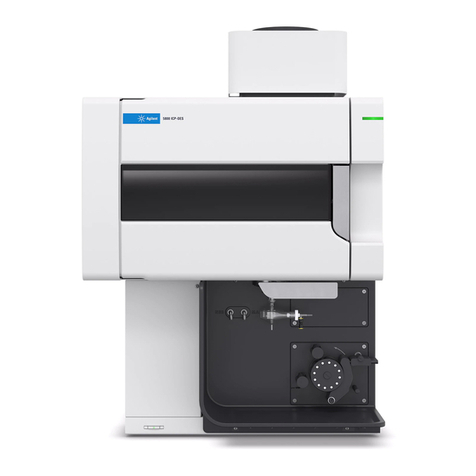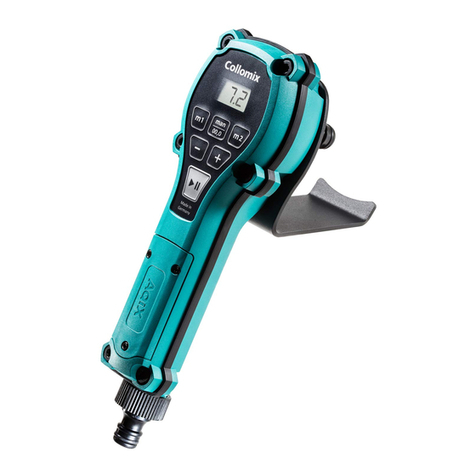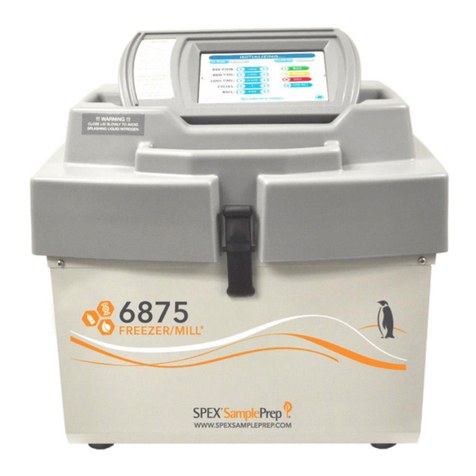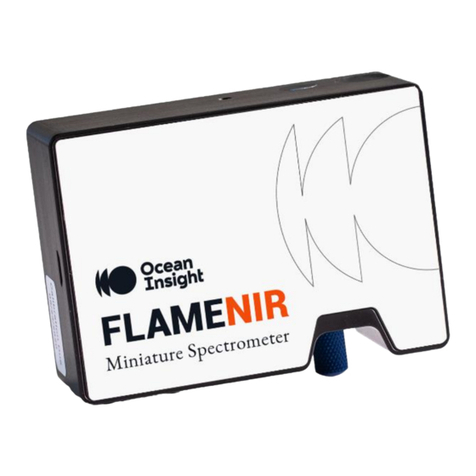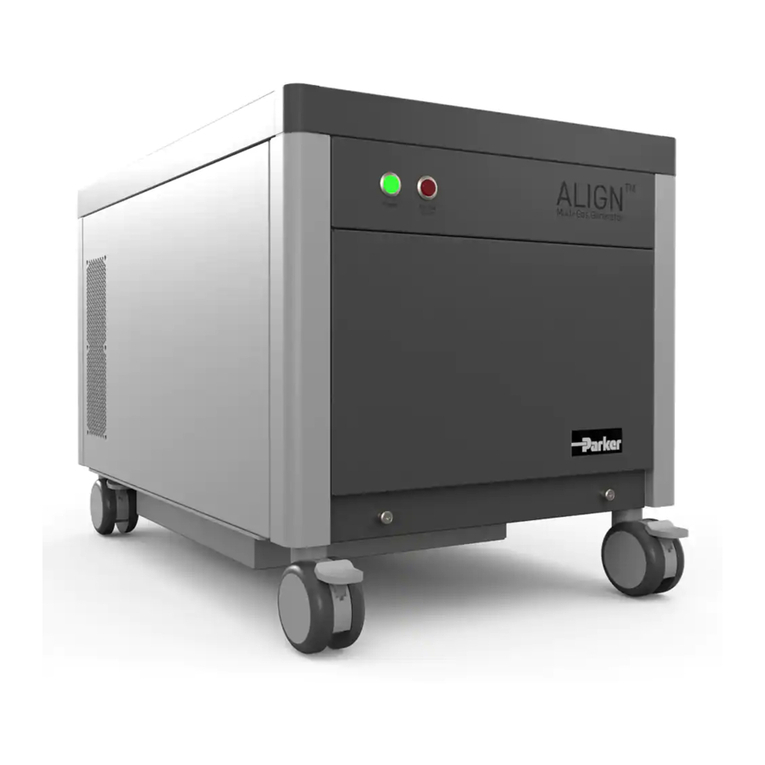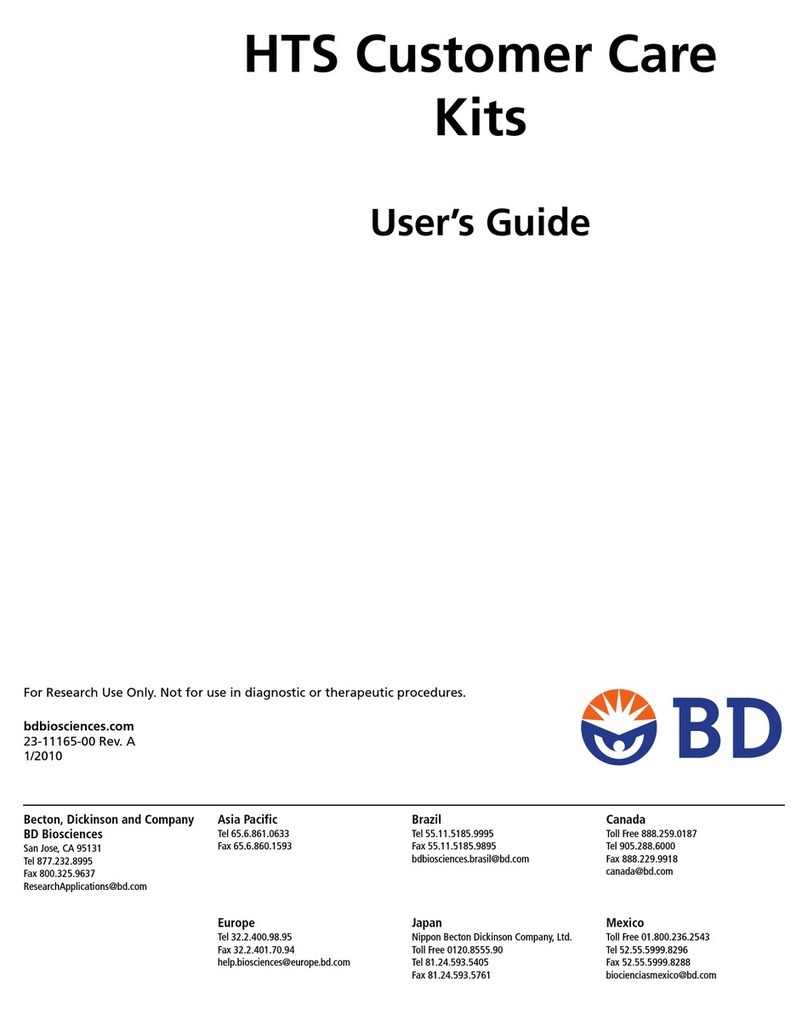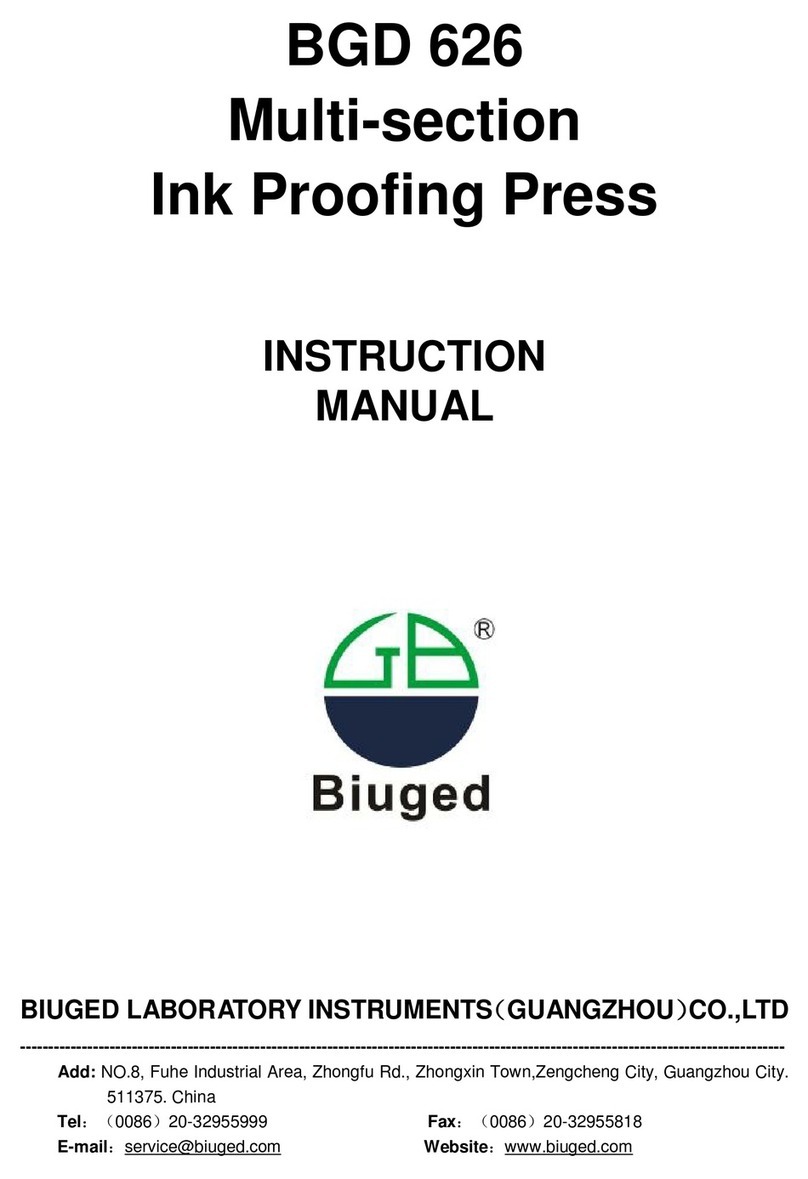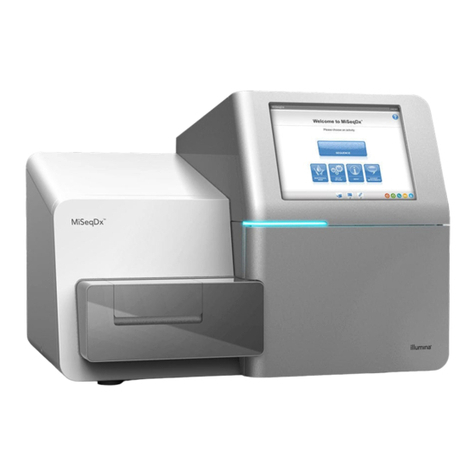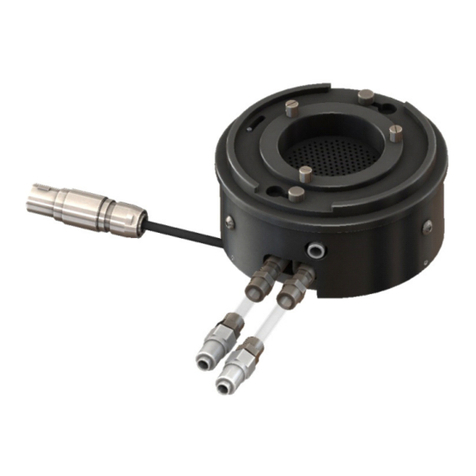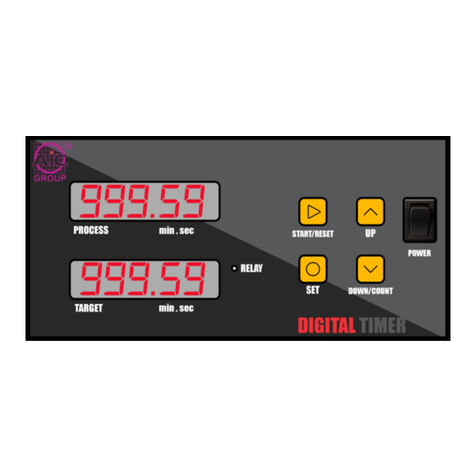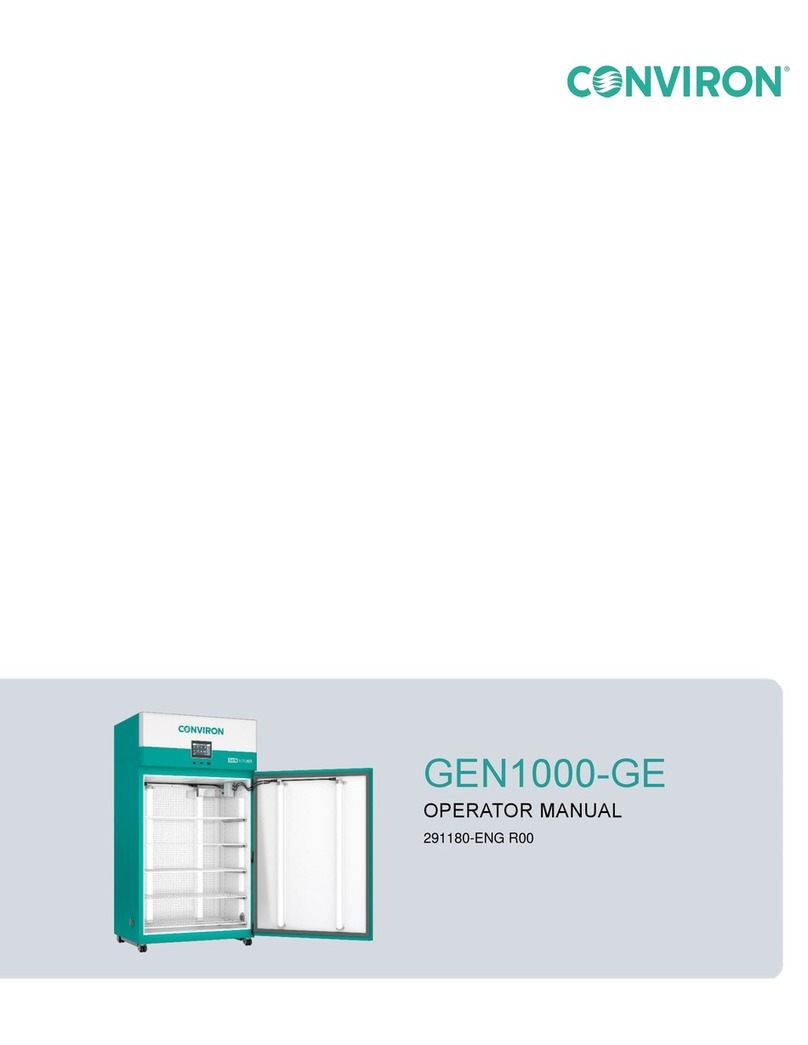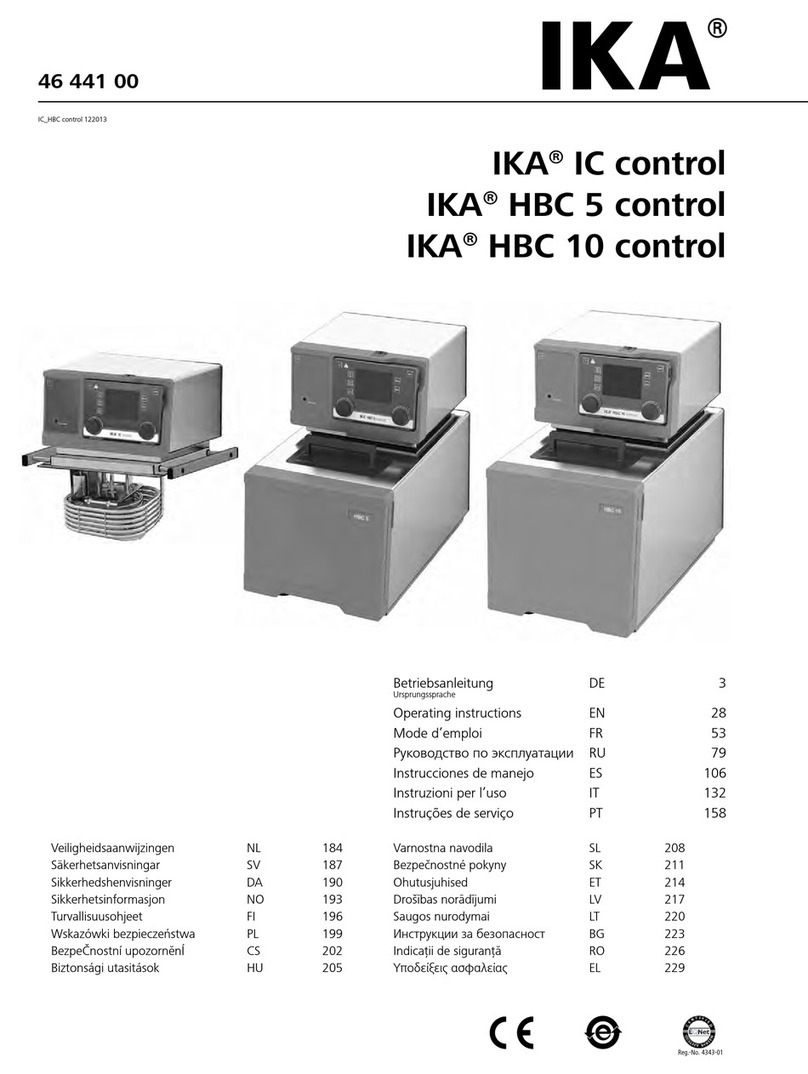
Discovery DSC™ Getting Started Guide Page 9
Table of Contents
Introduction .................................................................................................................................................2
Important: TA Instruments Manual Supplement ...................................................................................2
Notes, Cautions, and Warnings ..............................................................................................................3
Regulatory Compliance ..........................................................................................................................3
Safety Standards ..............................................................................................................................3
Electromagnetic Compatibility Standards ..............................................................................................4
Safety ......................................................................................................................................................5
Instrument Symbols .........................................................................................................................5
Electrical Safety ...............................................................................................................................6
Handling Liquid Nitrogen ...............................................................................................................6
Thermal Safety ................................................................................................................................7
Chemical Safety ...............................................................................................................................7
Laser Safety .....................................................................................................................................8
Lifting the Instrument ......................................................................................................................8
Table of Contents ........................................................................................................................................9
Introducing the Discovery DSC™ 2500, DSC250, DSC25 ....................................................................11
Overview..................................................................................................................................................... 11
DSC System Components........................................................................................................................... 12
Discovery DSC .....................................................................................................................................12
Discovery DSC Cell ......................................................................................................................12
Gas Delivery Module .....................................................................................................................14
DSC Autosampler ..........................................................................................................................14
Cooling Accessories .............................................................................................................................14
Finned Air Cooling System (FACS) .............................................................................................15
Quench Cooling Accessory (QCA) for FACS ..............................................................................15
Stand-Alone Quench Cooler ..........................................................................................................15
Refrigerated Cooling System (RCS) .............................................................................................16
Liquid Nitrogen Pump (LN Pump) ................................................................................................17
The Discovery DSC™ User Interface........................................................................................................ 18
Primary Function Buttons ....................................................................................................................19
View Panel ...........................................................................................................................................20
Additional Function Buttons ................................................................................................................21
Instrument Specifications ........................................................................................................................... 22
Options and Accessories............................................................................................................................. 24
Tzero® Sample Encapsulating Press ...................................................................................................24
Installing the Discovery DSC™ System ..................................................................................................25
Unpacking/Repacking the DSC.................................................................................................................. 25
Installing the Discovery DSC System ........................................................................................................ 25
Inspecting the System ..........................................................................................................................26
Choosing a Location ............................................................................................................................26
In ....................................................................................................................................................26
On ..................................................................................................................................................26
Near ...............................................................................................................................................26
Away from .....................................................................................................................................26
